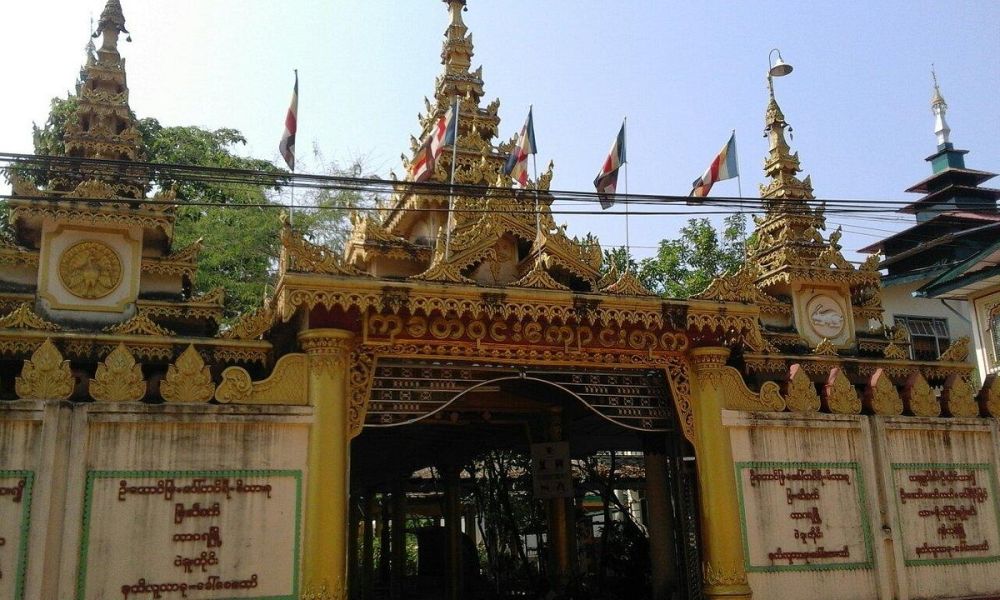

Kyaly Khat Wai Monastery is one of the oldest and most respected Buddhist monasteries in Myanmar. Founded during the Bagan period, it has been a center for religious education and Buddhist practices for centuries. The monastery is renowned for its traditional monastic education system and for being home to a large number of monks who contribute to preserving Burmese culture and Buddhist teachings.
The promotion of Myanmar's open-door policy in the early 1990s marked a significant turning point for tourism in the country. Visitors from around the world began to explore Myanmar's rich cultural heritage, with Kyaly Khat Wai Monastery becoming a popular site for those interested in experiencing authentic Burmese monastic life. The monastery's appeal as a serene and spiritually significant retreat has drawn tourists who seek a deeper understanding of Buddhism and traditional religious practices.
In recent years, there has been a growing trend towards experiential and sustainable tourism. Visitors to Kyaly Khat Wai Monastery are increasingly interested in engaging with the local community and understanding the way of life of the monks. Activities such as participating in alms-giving, meditating, and listening to Dhamma talks are popular among tourists seeking a more immersive cultural experience.
Eco-friendly tourism is also a rising trend, with visitors increasingly conscious of their environmental footprint. In response, the local community around Kyaly Khat Wai Monastery has taken measures to ensure that tourism activities are sustainable and do not disrupt the serene environment of the monastery or the practices of its inhabitants.
As with many historic sites, the Kyaly Khat Wai Monastery faces challenges in balancing the conservation of its cultural heritage with the pressures of modern tourism. The influx of tourists has necessitated the implementation of measures to protect the monastery's religious artifacts and the integrity of its monastic routines. Educating tourists on respectful behavior and the significance of the site is paramount to maintaining its sanctity.
For those planning a visit, it is essential to be mindful of the local customs and traditions. Dressing conservatively, removing shoes before entering sacred spaces, and observing silence are among the basic etiquette expected of all visitors. The monastery is open to the public, and guided tours are available for those seeking more structured experiences and in-depth knowledge about its history and religious practices.
In conclusion, Kyaly Khat Wai Monastery continues to be a beacon of Buddhist learning and a testament to Myanmar's rich cultural heritage. Its role as a peaceful retreat and educational center will likely remain a significant draw for tourists seeking spiritual and cultural enrichment.